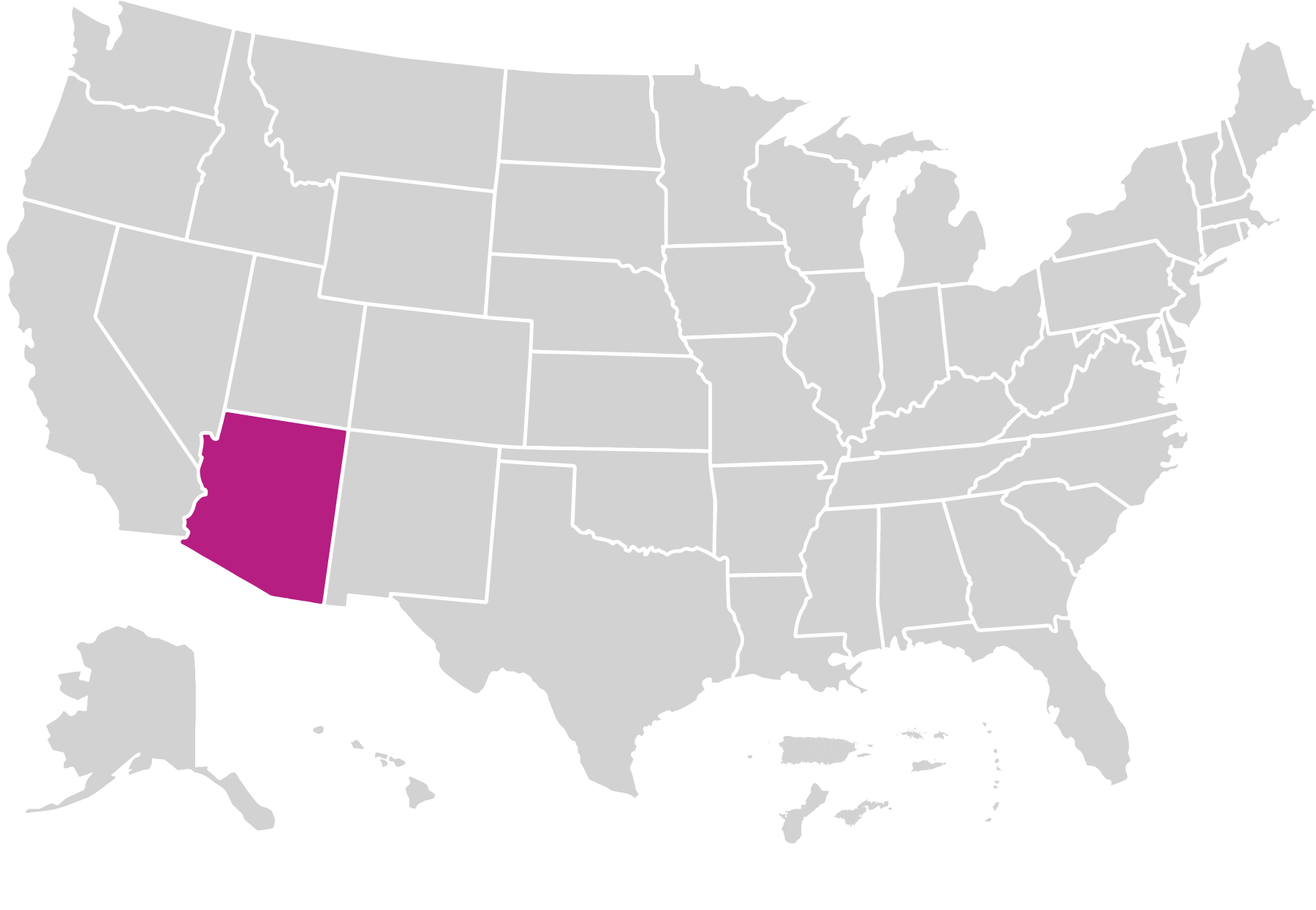High Risk Perinatal Program
High Risk Perinatal Program (HRPP) is dedicated to reducing maternal and infant mortality and morbidity. The model helps children and families transition from the special care nursery (SCN) or neonatal intensive care unit (NICU) to their home and community. Community Health Nurses monitor children’s medical and developmental needs, provide support and education to families, and make referrals to other early intervention programs or community resources.
What is the model’s approach to providing home visiting services?
HRPP recommends at least four home visits lasting 60–75 minutes each per family. The first visit occurs after the child is discharged from the hospital, and the other visits can take place when the child is 2, 4, 6, 8 or 9, and 12 months old. Additional visits may be provided based on family need. The Community Health Nurse can visit until the child is 3 years old.
HRPP’s service population includes the following:
- Families who have stayed in the SCN or NICU
- Children diagnosed with neonatal abstinence syndrome
- Children with special healthcare needs
Who is implementing the model?
Home Visitors
HRPP was implemented by 27 Community Health Nurses in 2021. The model requires Community Health Nurses to have a bachelor’s degree in nursing and to be an Arizona Licensed Registered Nurse with Basic Life Support Certification. The model also requires prior experience in maternal and child health, pediatrics, and/or the NICU.
Supervisors
HRPP was implemented by 9 supervisors in 2021.
Where is the model implemented?
HRPP operated in 8 local agencies in 1 state in 2021.

Families Served Through Home Visiting in 2021
Race
4% American Indian/Alaska Native
4% Asian
9% Black
<1% Native Hawaiian/Pacific Islander
82% White
<1% Multiple
Ethnicity
41% Hispanic or Latino
59% Not Hispanic or Latino
Caregiver age
3% ≤21 years
31% 22-29 years
65% 30-44 years
1% ≥45 years
Child age
50% <1 year
49% 1-2 years
1% 3-5 years
Caregiver education
11% No HS diploma
34% HS diploma or GED
24% Some college or training
31% Bachelor's degree or higher
Child insurance status
56% Public
42% Private
2% None
